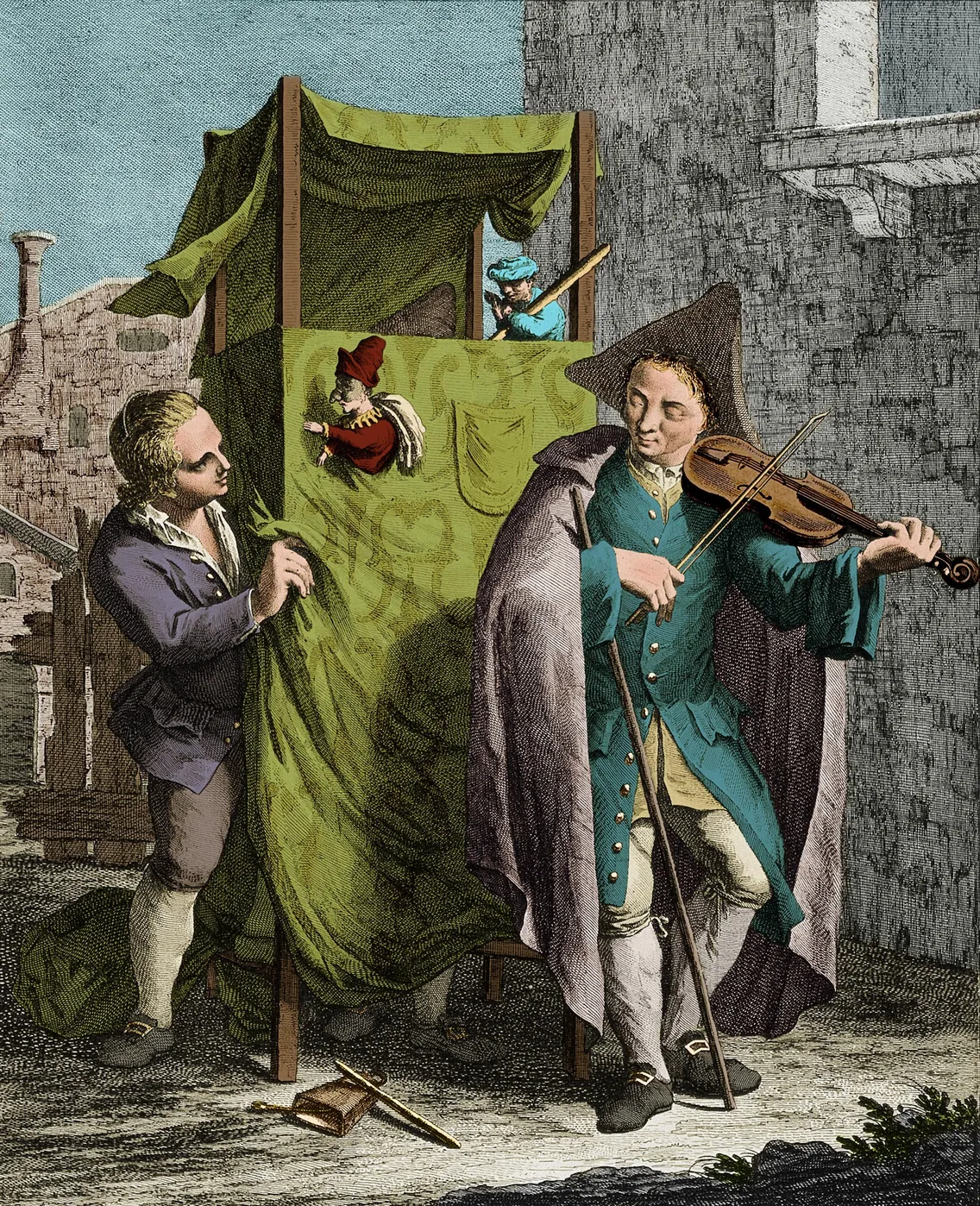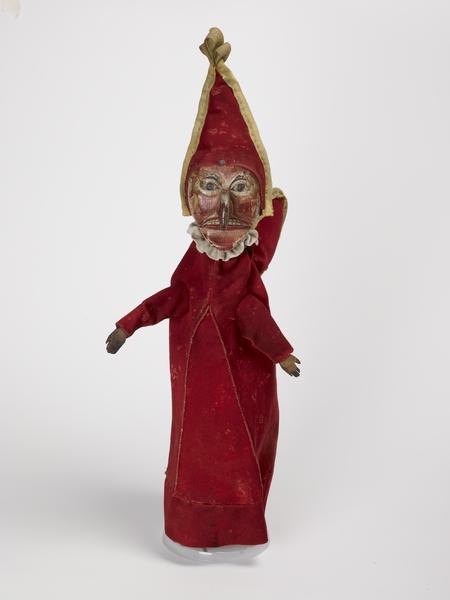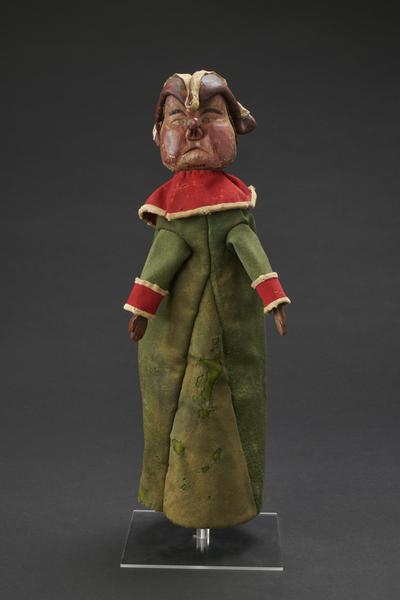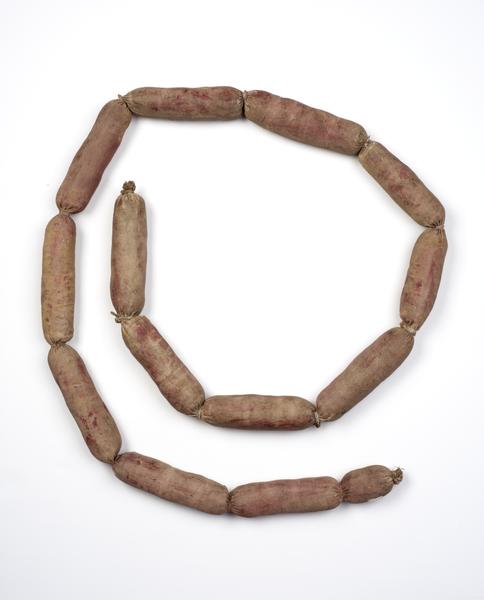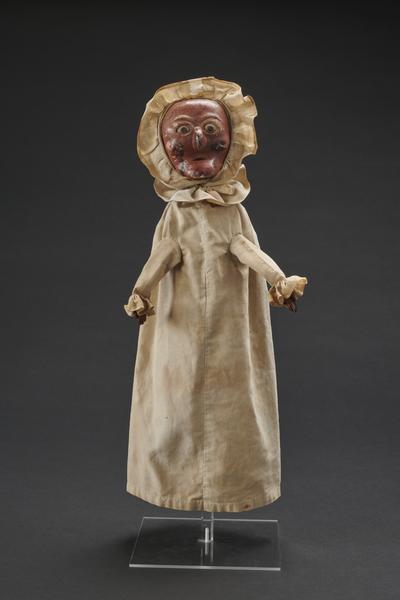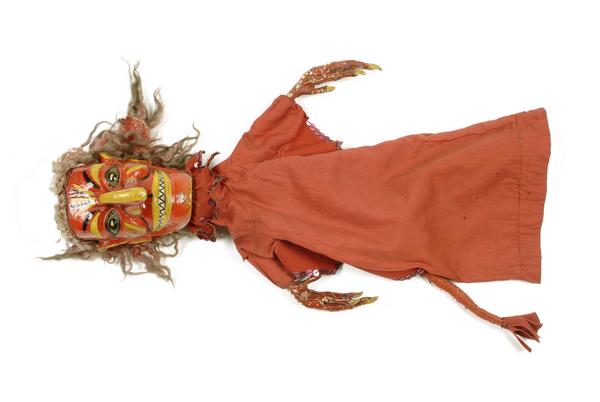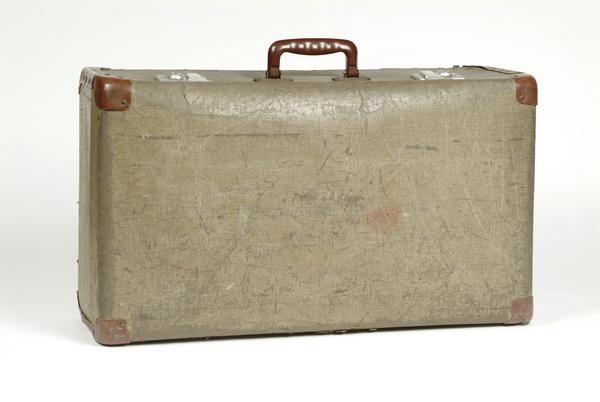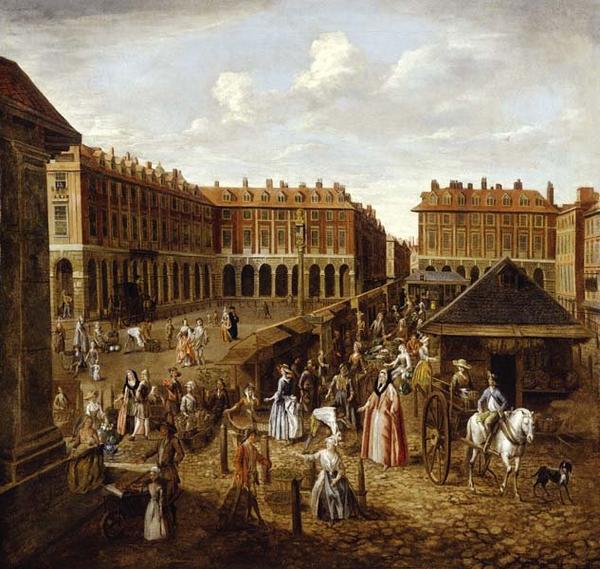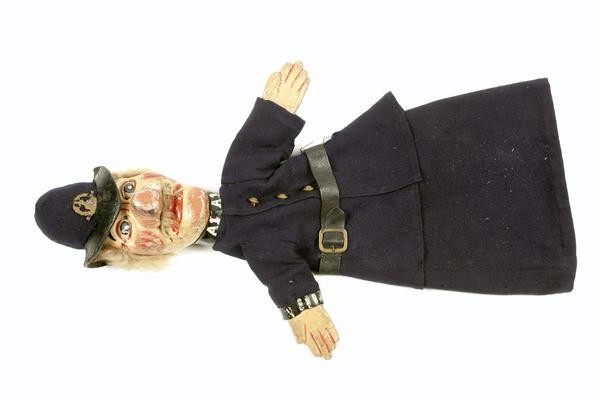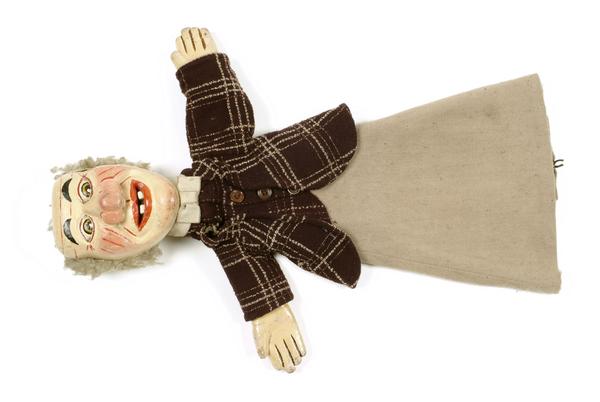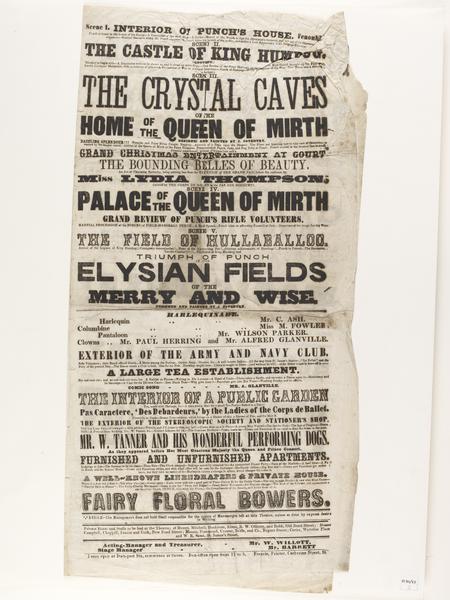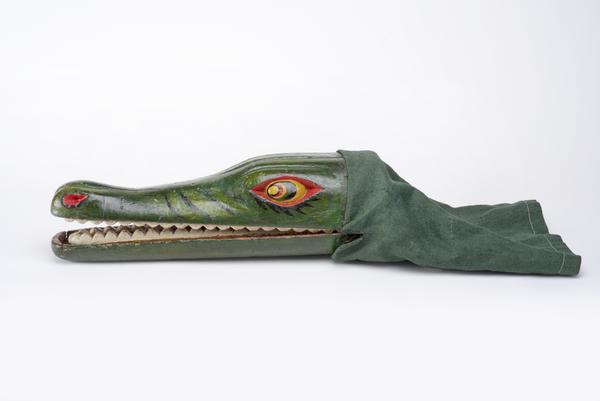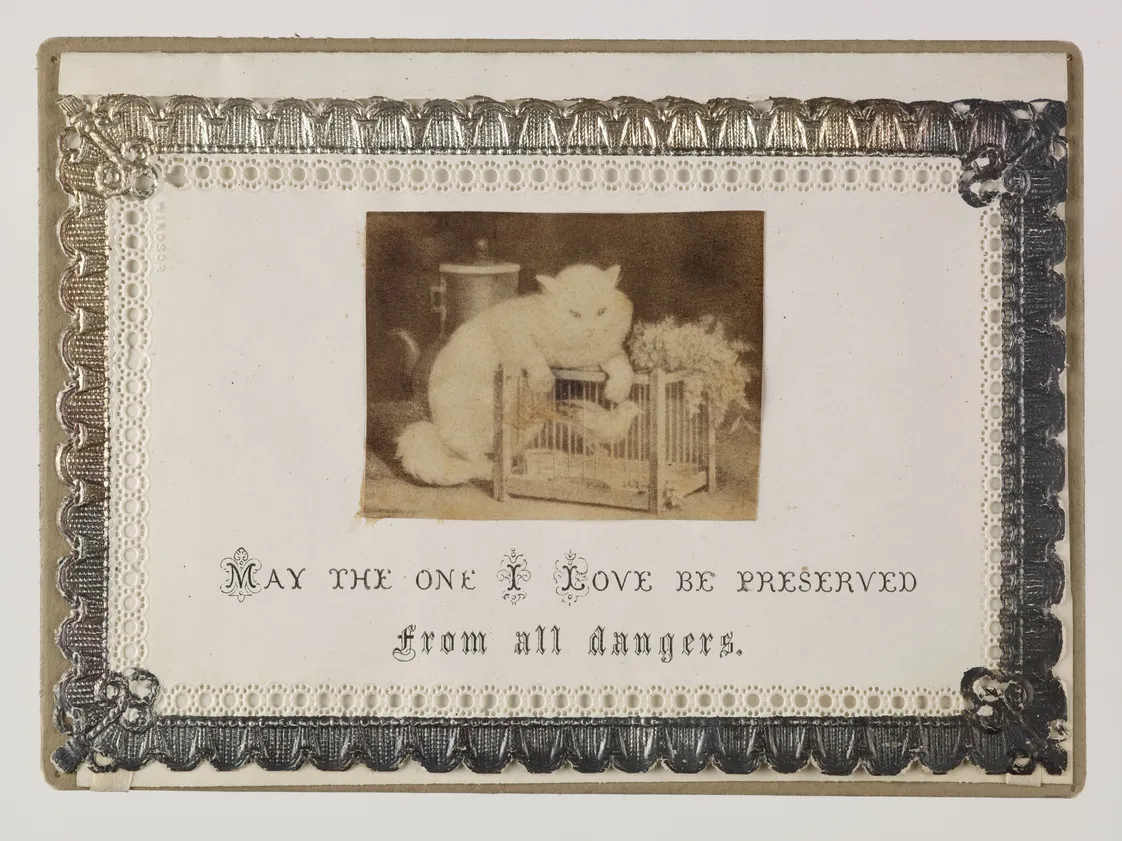A brief history of Punch & Judy puppet shows
The puppet Punch and his wife Judy were once the slapstick stars of London entertainment.
Covent Garden
Since the mid-1600s
Agents of chaos and comedy for over 350 years
Lawless, violent and full of mischief, Punch the puppet has been both loved and loathed by Londoners since the 17th century.
He’s the controversial star of Punch and Judy, a traditional puppet show that was once a familiar sight on London’s streets. The shows were first performed using marionettes, puppets worked by strings, before puppeteers turned to glove puppets. Punch and Judy were also joined by a rotating cast of characters as the years rolled on.
But the storylines have remained roughly the same. Punch, that squeaky-voiced clown, fights and deceives whoever crosses his path. Including his wife. And their baby.
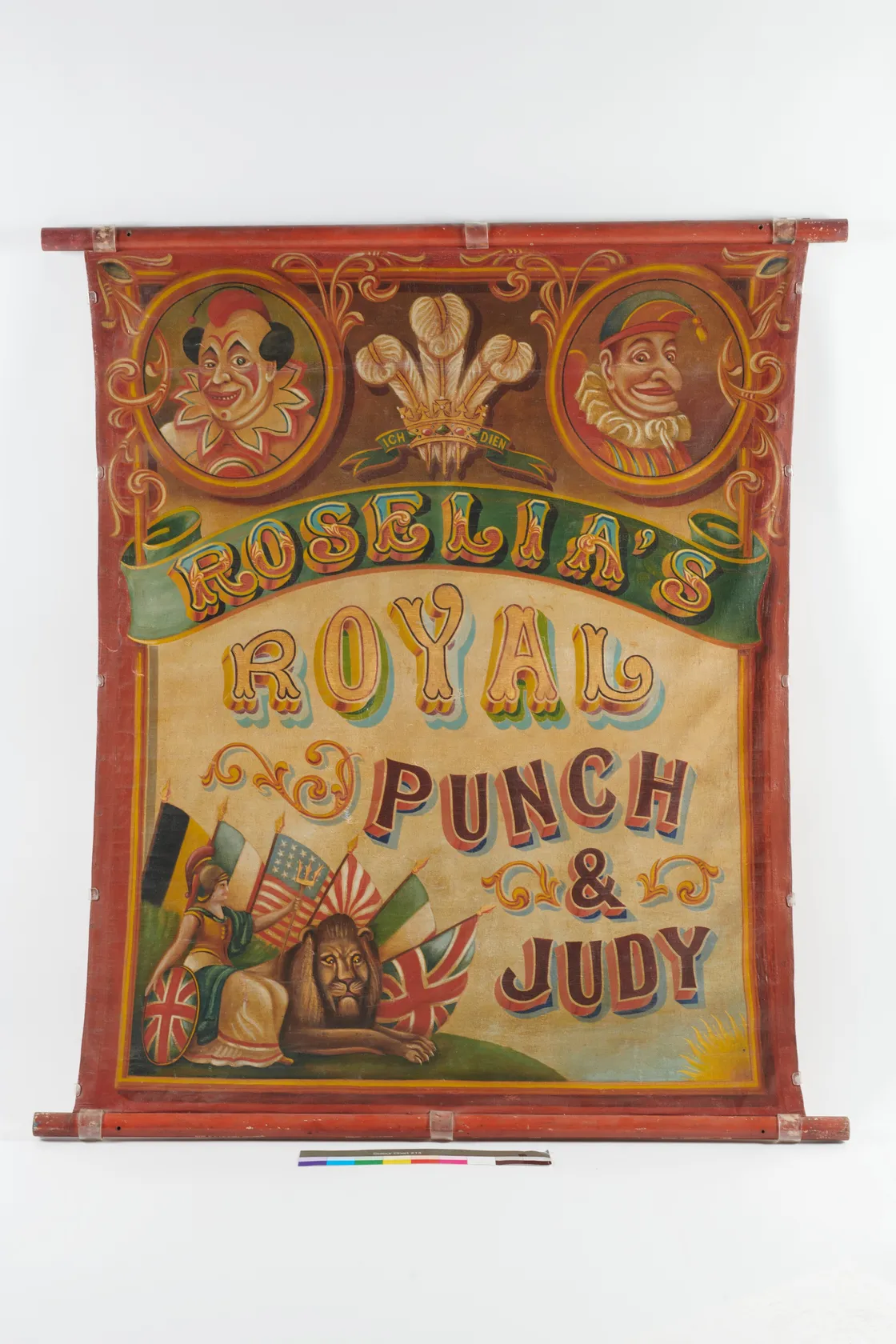
Banner for Roselia's Royal Punch & Judy show.
Punch’s Italian heritage
This English entertainment icon actually has roots in commedia dell’arte, a form of 17th-century Italian comic theatre that featured masked characters. Punch comes from Pulcinella (or Pulcinello), a disobedient rascal recognised by his squeaky voice and hunched back. He was brought over to London by Italian puppeteers as early as the 1660s.
The first record of a Punch and Judy-style puppet show in England comes from diarist Samuel Pepys in 1662. He recorded seeing an “Italian puppet play” in London’s Covent Garden on 9 May. “The best that I ever saw,” he wrote, “and a great resort of gallants.”
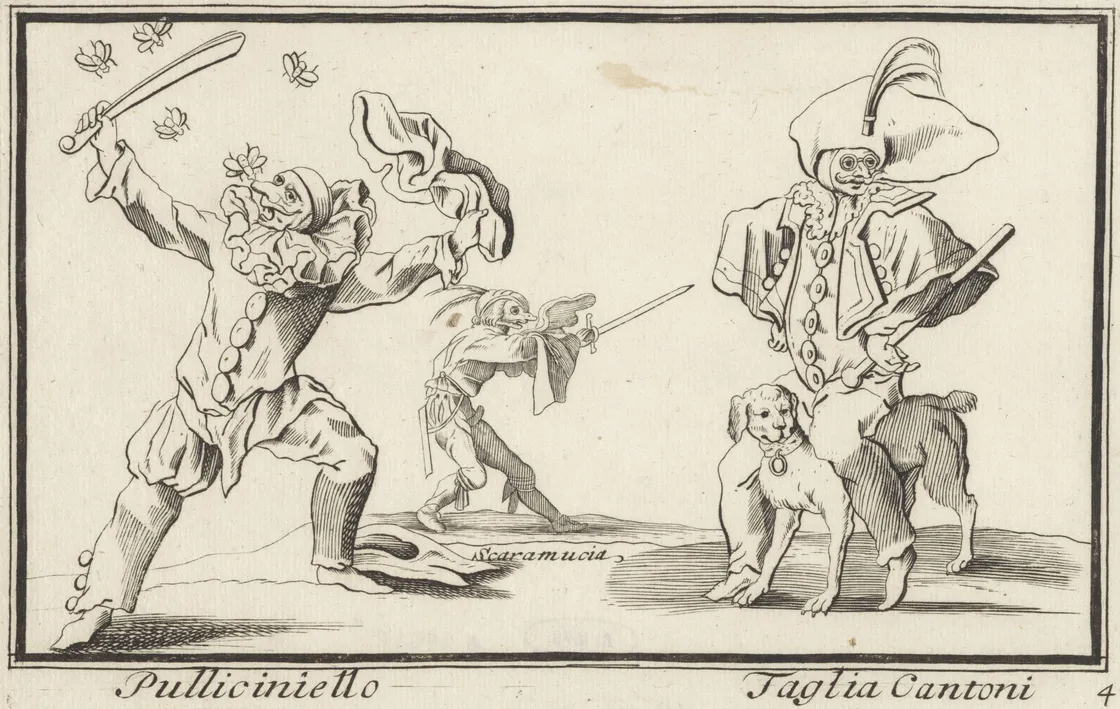
Characters from the commedia dell'arte – incluing Pulciniello, who's trying to chase away flying insects.
A roaming star on London's streets
Into the 1700s, Punch was part of fashionable marionette puppet shows across the country. He featured in famous puppeteer Martin Powell’s shows in theatres set up in and around Covent Garden. Punch’s wife, then called Joan, was also a well-known character.
By the 1800s, Punch was no longer operated by strings. He was a glove puppet.
“The shows were a staple of London entertainment”
Shows were also being performed in the street in roaming booths. Performers would pitch up in busy places like Leicester Square and Regent Street. You’d hear drums or panpipes when a show was about to start.
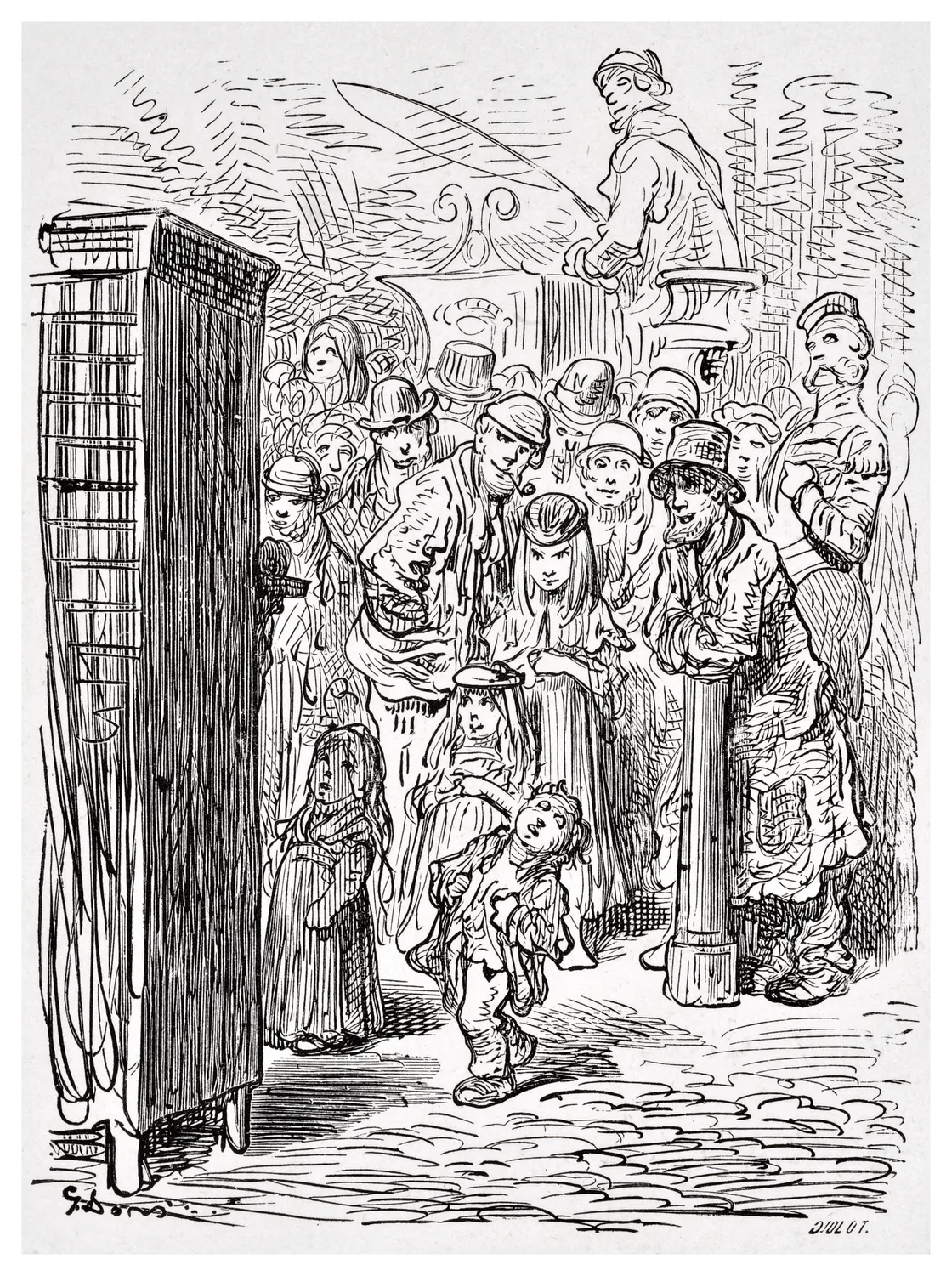
Illustration of a crowd gathered to watch a Punch and Judy show from 1872.
Punch became something of a celebrity in Victorian times. The shows were a staple of London entertainment – for both adults and children. Seaside resorts, accessible to Londoners via new railways from the mid-1800s, also began to offer Punch and Judy shows to huge audiences.
Punch and Judy characters
Early storylines had a moral angle and featured Punch fighting the devil. But they gradually became more slapstick and new characters were introduced. Like the policeman, who fails to arrest Punch, the crocodile, who steals Punch’s sausages, and the clown based on famous London clown Joseph Grimaldi.
Punch and the puppets fall out of fashion
The rise of cinema, variety theatre and television over the 20th century drew audiences away from puppet shows. But they never completely disappeared. The famous Percy Press successfully performed Punch and Judy on London’s streets from 1935 to 1980. Puppets from his show at the 1951 Festival of Britain are in our collection.
People have also questioned if Punch and Judy shows are too violent and immoral since at least the 1740s. Crowds would laugh and boo while Punch beat his wife and their baby. The shows still feature in fairs and festivals and at the seaside today. Do they glorify domestic violence? The debate goes on.


